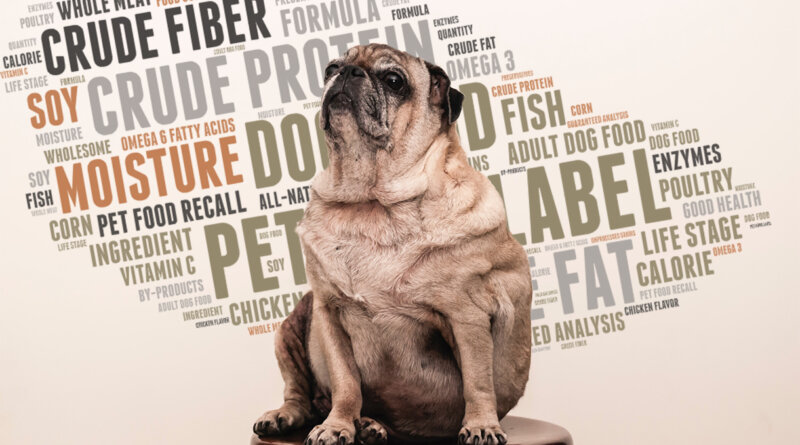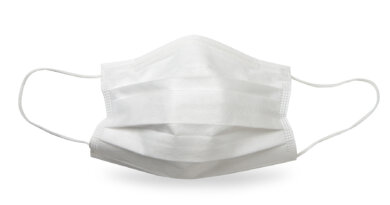Choosing the Best Dog Food Before Your Dog Gets Sick
You’ve just returned from the veterinarian’s office and are completely overwhelmed—your beloved 10-year-old Dachshund, Cody, has been diagnosed with diabetes. Your veterinarian told you that Cody is very sick, and that if he doesn’t stay on the proper diet, he could die. You never realized how important your dog’s diet and weight were to his health. You think back on all those delicious dog treats you gave him and worry that your loving care may have somehow harmed him. You want to do everything right from this day forward, but don’t know where to start.
If your dog was just diagnosed with diabetes, liver disease or another life-threatening illness, your veterinarian will most likely recommend a “prescription” dog food diet, a commercially prepared dog food especially formulated for your dog’s condition. These diets can be a lifesaver in that you can use them to immediately get your dog on the right course. However, while they are nutritionally balanced to address specific conditions, the nutrient sources are not as wholesome as they would be if you were to prepare the food yourself.
Because you want to choose the very best dog food for your pet, you consider preparing homemade dog food. But now that your pet has been diagnosed with a health condition you realize how imperative it is that his dog food be consistent; every time you stray, you could potentially put his health at risk. For example, diabetic pets require a carefully regulated routine of dog food, exercise and insulin administration to avoid dangerous swings in blood sugar levels.
Importance of Proper Canine Nutrition
Before our companion animals are diagnosed with a critical illness, most of us don’t realize the importance of proper canine nutrition. We tend to indulge our dogs and cats, giving them everything from table scraps to every type of treat imaginable; as a result, our pets become overweight. Being overweight is not only a problem from a functional standpoint, but it is also directly linked to the onset of some serious illnesses such as heart disease, cancer and liver disease. For example, in Cody’s situation, the Dachshund was between 8 and 10 pounds overweight. Many people, in denial, tell themselves that the extra weight gives them more to love. What the extra weight really represents is extra glucose in the blood; more insulin that needs to be released; more work for the heart, liver and digestive tracts; and, ultimately, the onset of disease.
GET THE BARK IN YOUR INBOX!
Sign up for our newsletter and stay in the know.
Beyond the weight issue, what you feed your dog can directly affect his quality of life and the aging process. Though advertised as “complete and balanced,” many commercial pet foods lack sufficient enzymes, omega 3 fatty acids and natural antioxidants. Even some of the highest quality brands may use inexpensive and potentially allergy-provoking fillers such as corn, soy, gluten, food colorings, preservatives and by-products. The answer? Read labels rather than relying on the advice of a friend, breeder or neighbor. Before purchasing pet food, take a look at the ingredients. Are there words you can’t pronounce? Ingredients you’ve never heard of? Plenty of quality natural holistic brands of pet food are manufactured without by-products, preservatives or fillers; look for them on the Internet or at boutique pet stores. These dog foods may come raw (in the freezer section), as kibble or in cans.
A balanced and well-prepared homemade dog food diet is an even more healthful alternative to manufactured dog foods. When properly prepared with fresh ingredients, homemade dog food diets can provide optimal nutrition for your pet. However, the key words here are balanced and properly prepared. Many people try to do it themselves, which can, in fact, cause more harm than good—a little information can be dangerous. Be aware that most homemade, disease-specific dog food diets on the Internet are very general, whereas most dogs dealing with health issues have multiple conditions. For example, someone with a diabetic dog may read online about a high-protein dog food made with lamb or liver. If the dog also has pancreatitis or elevated liver enzymes, these high-fat ingredients would not be a good choice. Thus, before you choose to pursue a home made dog food diet, you really need to seek out an expert who can develop a dog food plan custom-made to support your dog.
When choosing the best dog food look for—
Whole meat, fish or poultry as one of the first two ingredients
Whole, unprocessed grains and vegetables
Named, single-source meat meal
Named, single-source fats (“chicken” rather than “poultry, ” for example)
Beneficial supplements (vitamin C, omega 3 and omega 6 fatty acids)
Avoid these—
Generic proteins and fats
Artificial colors and flavors
Synthetic preservatives (such as BHA, BHT, ethoxyquin)
Sweeteners
Propylene glycol (chemical added to some chewy foods to keep them soft)
In summary, the key to your dog’s continued good health is to take action now rather than waiting until he has been diagnosed with a life-threatening disease that requires a restricted dog food. Even if you don’t think you have time to prepare a homemade diet, you can make a good start toward better nutrition by reading labels.
Many times, in an effort to save money, people will switch to a lower-cost brand of dog food without realizing that as a consequence, they will pay many times over—both in veterinary bills and in their dog’s health. For instance, it’s common to find that dogs who constantly scratch and have coat problems are miserable because they cannot digest and/or are allergic to the corn, soy, wheat, fillers and other ingredients found in many commercial dog foods. I have seen countless numbers of dogs whose allergy symptoms and skin problems resolve once they are put on an all-natural, hypoallergenic diet. Similarly, try to remember that those brightly colored, artificially flavored treats advertised to taste like bacon or cheese are really made for your benefit (and purchase), not your dog’s. A far better choice would be to give your dog a carrot or slice of apple—believe it or not, most dogs love vegetables and will readily eat them if their owners give them an opportunity! Vegetables and other fresh, wholesome foods will support your dog’s optimal health and help him enjoy a high quality of life for years to come.





Hello, you used to write excellent, but the last few posts have been kinda boring?K I miss your super writings. Past few posts are just a little bit out of track! come on!
lisinopril 25mg tablets https://lisinopril.auction/ lisinopril 15 mg tablets
Hmm it looks like your website ate my first comment (it was super long) so I guess I’ll just sum it up what I had written and say, I’m thoroughly enjoying your blog. I as well am an aspiring blog writer but I’m still new to everything. Do you have any tips for newbie blog writers? I’d certainly appreciate it.
Precisely what I was looking for, thanks for posting.